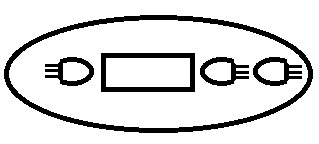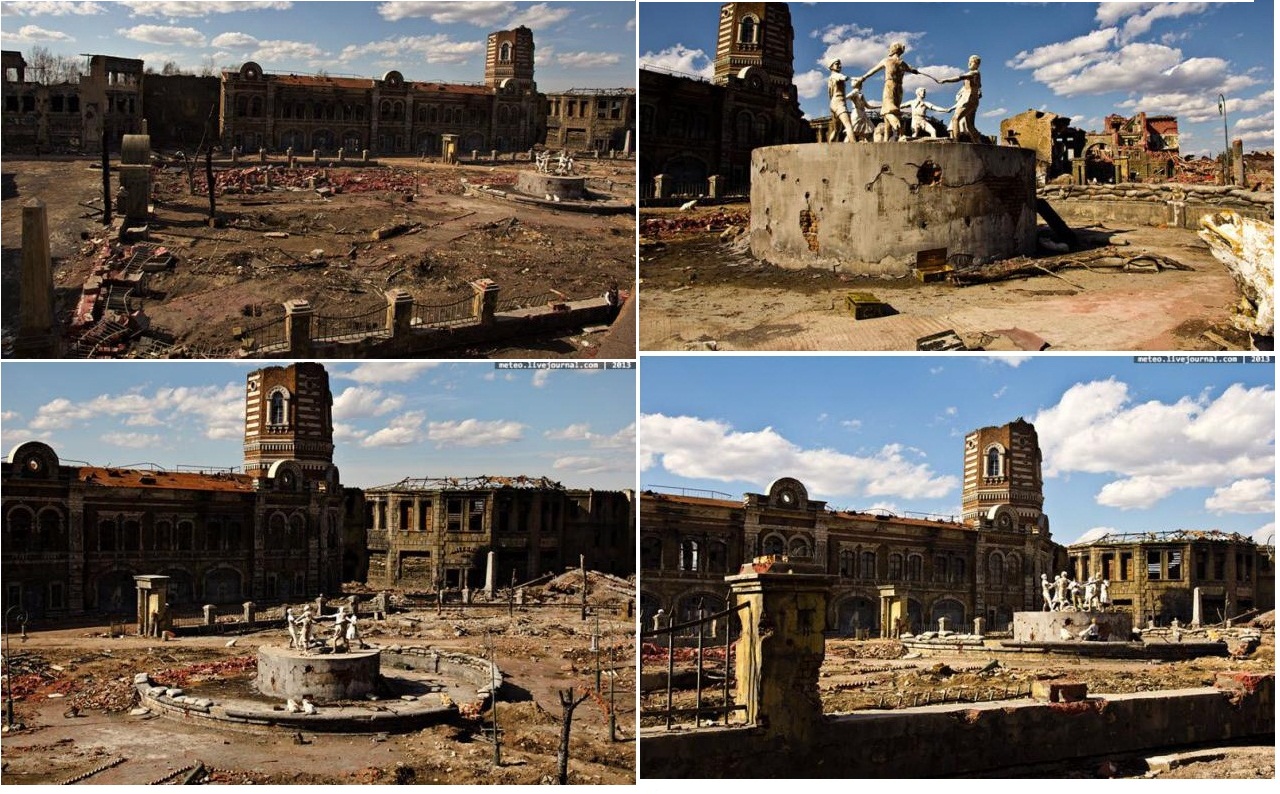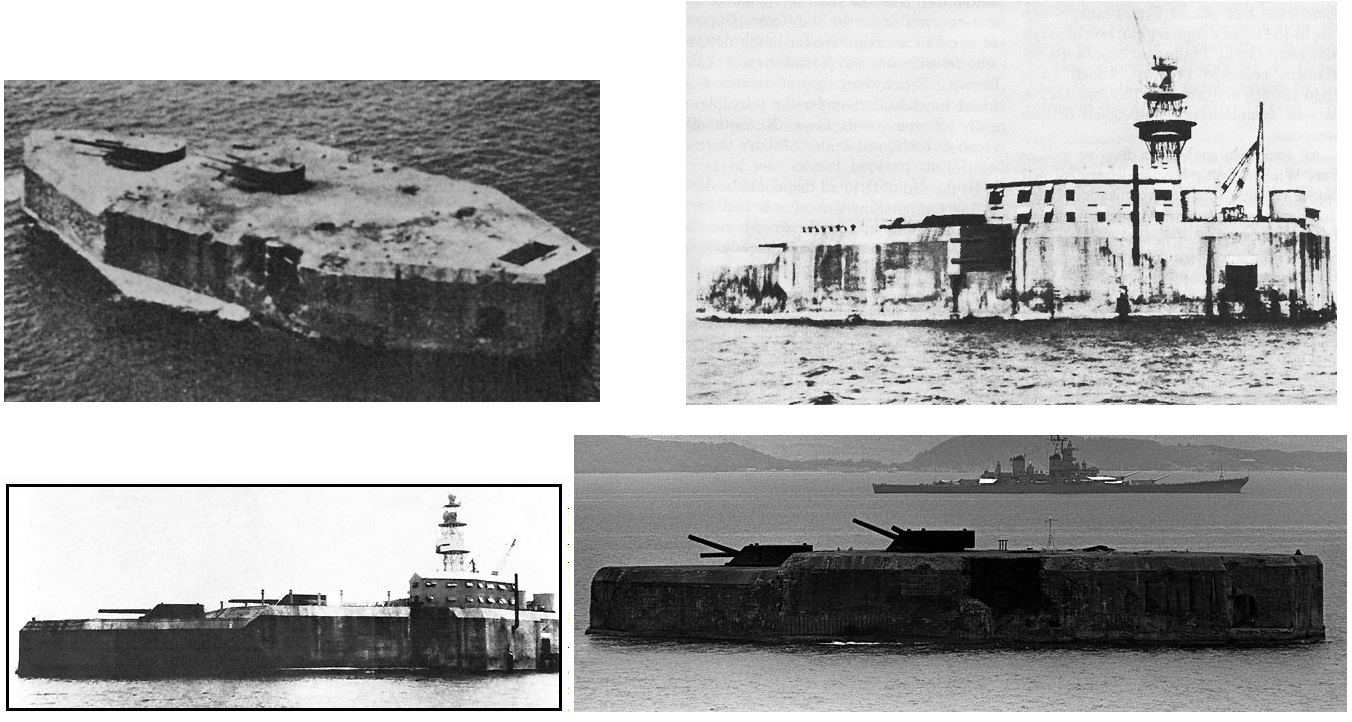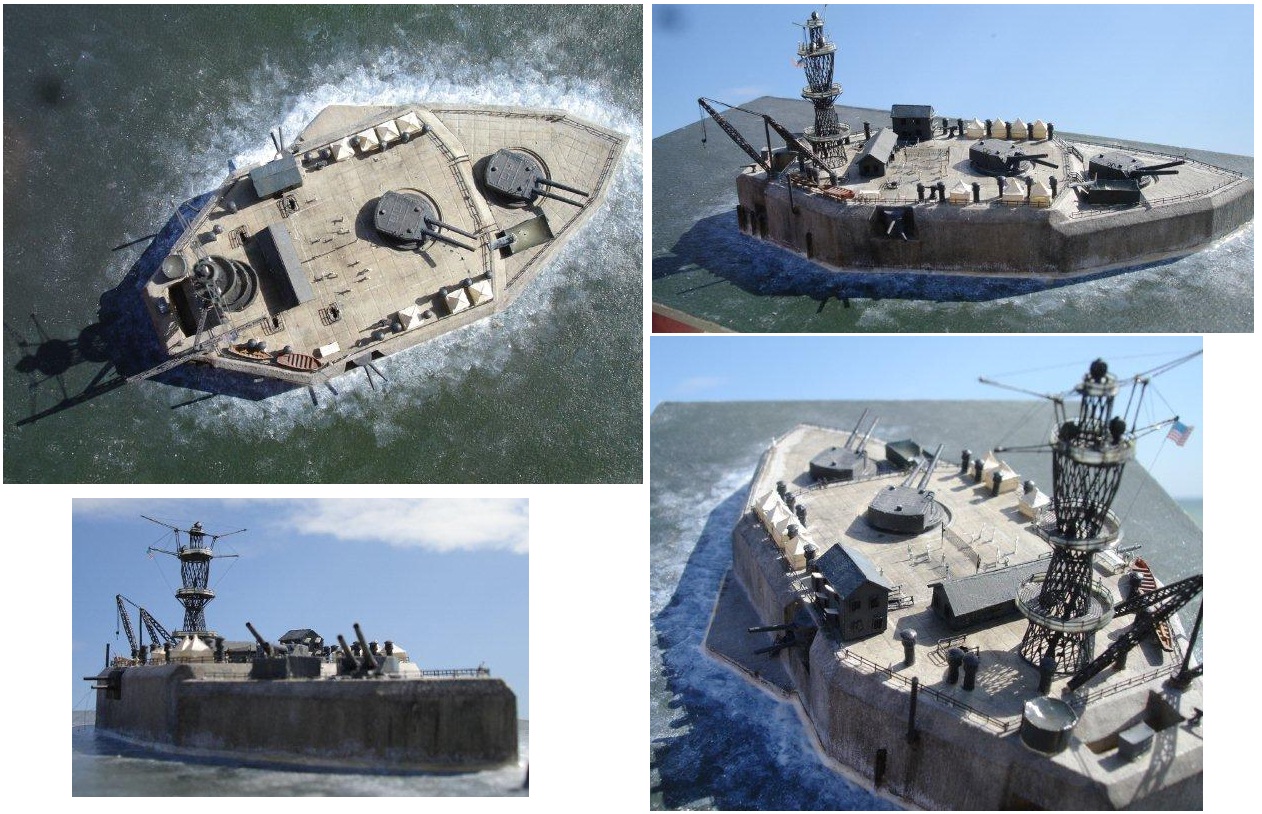@wartorn is there a german swastika option
Nation- (and City-) Specific Victory City Markers
-
Here’s Honolulu.
I’d appreciate some feedback on this one, it’s sort of a different concept than the other pieces. Any suggestions are welcome.
Like Marc says, it is a preference thing. I do like the volcano, but he is probably right, most people know about battleship row and that would probably be the best way to go. I do like what you did though. :-)
-
@Nobel:
Ossel, These look great! I think Tokyo is perfect. To me the most important thing is whether or not it improves game play and removes confusion. If I saw that piece, I’d instantly know which city it represents.
I can’t say the same thing for Honolulu. I kinda like having each city represented by the most iconic building over a landscape, but I can see why you went with this as there really aren’t a lot of iconic structures.
This is sort of my hangup with the “non-capital” cities in general…it seems like there are going to be very few people who recognize many of them at a glance.
I’ll give the Battleship Row concept a stab, but I’m starting to think maybe the molded roundels idea isn’t the worst. We’ll see.
-
On the issue of capitals vs. non-capitals, I’ve done a pit of checking and it looks as if the distinction is a bit complicated on the Global 1940 map board:
True national capitals:
Berlin
Cairo
London
Manila
Moscow
Ottawa
Paris
Rome
Tokyo
Warsaw
WashingtonCities which are technically not national capitals, but which serve as the only VC located in a particular country:
Calcutta
(The real capital was New Delhi)
Sydney
(The real capital was Canberra)Cities which are technically not national capitals, and which are both located in a country for which no true capital serves as a VC:
Hong Kong
(The real capital was Nanking)
Shanghai
(The real capital was Nanking)Cites that are not national capitals and which are located in countries for which a true capital serves as a VC:
Honolulu
Leningrad
San Francisco
Stalingrad -
Here’s Honolulu attempt #2 - just a focus on Pearl Harbor itself with Battleship Row clearly visible.
Thoughts?
-
I really like this new version. Even without examining the fine details, it’s clear from the first glance that this depicts a port or a naval installation of some sort, and closer examination definitely suggests (to me at least) that it specifically represents Ford Island at Pearl Harbor, so it looks great to me. The one adjustment I’d suggest would be to replace the circle in the middle of each battleship with something else because, seen from above, it combines with the oval shape of the hull to give the impression that each ship is a stylized eye (or alternately the USS Monitor). The easiest way to fix would be to use a shape roughly like the one I’ve posted below. It doesn’t need to be detailed – just sufficiently to suggest the presence of gun turrets and a superstructure. Making the hulls a little longer relative to their width would help too if you have space to do so.

-
I’ve been doing some more thinking about the non-recognition problem which Ossel mentioned a couple of posts above. I don’t have a definite solution to propose (if there was an easy and obvious answer, someone would already have found it by now), but here’s a possible avenue to explore.
As I noted in my previous post, the distinction between capital cites and non-capital cities is a bit problematic. It seems to me that the really fundamental distinction is in fact between cities which have well-known iconic structures and those which do not. Buildings like the Eiffel Tower are universally recognizable (even, as the Calvin and Hobbes comic strip once said, “to the untutored eye of the ignorant layman”), but even WWII enthusiasts like the members of this forum have been hard pressed to think of immediately identifiable structures in some of the VCs. The unfortunate reality is that some cities have structures which are known around the world, some have structures with a definite recognition factor among more restricted audiences (like WWII buffs), and some don’t seem to have structures that anyone other than the local population could identify right away.
So: if it’s not considered optimal to use a structure that is genuinely associated with a VC but which has a low recognition factor, what other approach can be used? Ossel has proposed using generic molded roundels. That would be one option. As I stated previously, my feeling is that it would be a shame to produce a mixed set of markers consisting partly of exquisite reproductions of famous buildings and landscapes and partly of abstract roundels. Therefore, perhaps another possibility for the problematic cities woild be to choose structures which are nationally recognizable in terms of their style without necessarily being place-specific. The final choice for Tokyo illustrates this principle nicely. The model depicts the torii gate of the Meiji Shrine, which is located in Tokyo. Its specific identity as that particular torii gate is reflected by the three imperial chrysanthemum emblems it carries, but in a sense that’s a secondary consideration; the crucial thing about it is that, as a torii gate in a general sense, it’s emblematic of Japan. Nobel Hobo’s comment that “If I saw that piece, I’d instantly know which city it represents” shows that the marker works well in that respect.
Perhaps we should therefore be aiming to identify types of structures which will make it fairly clear that a particular marker represents the VC for a particular country and not necessarily a structure which is unique to that particular city. As I said, the torii gate works in this respect because you can find these structures all over Japan, so it’s immaterial whether the marker depicts a particular one located in Tokyo (although it’s nice that it does). I don’t know if a good way can be found to apply this general concept to other cities, but before I reflect further on this question I’d appreciate your thoughts on whether this approach is worth considering.
-
Here’s Honolulu attempt #2 - just a focus on Pearl Harbor itself with Battleship Row clearly visible.
Thoughts?
Ossel, this new diagram, most people should recognize. Great job on this. :-)
-
CWO Marc,
I definitely like this idea, and the benefit of it is that there are only a few nations in the game with multiple victory cities. So here’s the nations that need markers and possible generic/specific landmarks/icons/buildings:United States - ??
Soviet Union - Sickle and Hammer Statue??
Germany - Nazi Eagle statue?
United Kingdom - ??
Japan - Torii?
ANZAC - ??Or, I can just proceed as planned with landmarks, recognizing that people won’t necessarily know what they’re looking at at first.
OR, I can do molded roundels (see attached).
-
What I was envisioning with my proposal from earlier today was to continue using easily-identifiable landmarks for the cities which have iconic structures (Paris, Berlin, etc.), supplemented by “nationally identifiable” structures for the remaining cities that have no obvious high-recognition buildings. Every VC would have a unique marker (which is a big part of the appeal of your project. So we’d end up with something roughly like this:
VCs with city-specific iconic structures or high-recognition topography:
Berlin : Brandenburg Gate
Cairo : Giza Necropolis
Honolulu : Pearl Harbor (Ford Island and Battleship Row)
Leningrad : Winter Palace
London : Big Ben/Parliament
Moscow : Kremlin and St. Basil’s Cathedral
Ottawa : Parliament Centre Block with Peace Tower
Paris : Eiffel Tower
Rome : Colosseum
San Francisco : Golden Gate Bridge (set in S.F Bay)
Sydney : Sydney Harbour Bridge
Tokyo : Torii (from Meiji Shrine)
Washington : Capitol Building and Washington Monument
VCs with buildings in nationally-recognizable styles:
Stalingrad (?) [needs to contrast with Moscow and Leningrad]
Calcutta (Hindu temple?) [Dakshineswar Kali Temple might work.]
Hong Kong (Pagoda-style building? Must contrast with Shanghai.) [Main Altar of the Wong Tai Sin Temple might work.]
Shanghai (Pagoda-style building? Must contrast with Hong Kong.) [Yu Garden’s Dianchun Hall might work.]
Manila (?)
Warsaw (Eastern-style church?) [Church of the Assumption of the Virgin Mary and of St. Joseph might work.]
-
On the matter of distinguishing the two Chinese cities, Hong Kong and Shanghai, here’s an idea. Both currently have pagoda-style buildings suggested as their representative structures. This isn’t necessarily a problem, but if greater variety is desired one of these pagodas could be replaced by a Chinese guardian lion sculpture. These things are found all over China, so they would fit the concept of nationally-identifiable structures. I’ve posted two sample pictures below, one of which is in fact from Shanghai. It should be possible to find additional designs from Shanghai or Hong Kong without too much trouble, if the idea is worth pursuing. One technical question is whether Ossel’s program could handle this kind of organic (although very sylized) shape. Chinese guardian lions apparently come in either male or female vesions which are posed slightly differently.

-
@CWO:
On the matter of distinguishing the two Chinese cities, Hong Kong and Shanghai, here’s an idea. Both currently have pagoda-style buildings suggested as their representative structures. This isn’t necessarily a problem, but if greater variety is desired one of these pagodas could be replaced by a Chinese guardian lion sculpture. These things are found all over China, so they would fit the concept of nationally-identifiable structures. I’ve posted two sample pictures below, one of which is in fact from Shanghai. It should be possible to find additional designs from Shanghai or Hong Kong without too much trouble, if the idea is worth pursuing. One technical question is whether Ossel’s program could handle this kind of organic (although very sylized) shape. Chinese guardian lions apparently come in either male or female vesions which are posed slightly differently.
As long as the program gets the basic shape of the pagodas, it should be fine. The program may not can get all the ornate jewelry around the neck and tedious items, but if it can get the basic outline of the figure, that’s all that would matter, right?
It doesn’t have to be perfect just recognizable. Like you both said, the simpler the better, right?
I think you are both on the right track, but some details may have to be left out. I guess it all depends on how powerful the program is, but I agree with you both, that as long as it is recognizable, that is all that should matter.
-
I’ve been doing some more research on Stalingrad and I came across a blog page featuring several shots taken in 2012 during the filming of the movie “Stalingrad”. Many of these pictures show the Barmaley Fountain, which I had suggested for use as the Stalingrad marker. Ossel had noted that using this statue would be a problem for a couple of reasons: 1) the comparative scale of a small fountain sculpture relative to the much larger buildings used in other markers, and 2) the inability of his program to handle organic shapes.
It now turns out, however, that the statue was located in an area called Station Plaza, next to a large building (presumably the predecessor of the postwar railway station located in the area). I haven’t been able to find good contemporary shots of the original station, but I’ve posted below several shots of the replica that was built for the movie. So a new approach for the Stalingrad marker would be to depict the building (in its intact pre-war state) with a square in front of it, and to put in the middle of the square a little circular element depicting the fountain statue. The main focus of the marker would be the building, which is suitably large, and because the fountain statue would now be tiny in size (and thus would have almost no details) there would no longer be a problem over the limitations of Ossel’s program.


-
This would probably work for Stalingrad, good find!
I’m reworking Honolulu now, and then I think I’m going to give Stalingrad a swing.
I’ll look at the Chinese lion concept, but they’re awfully…curvy…lol
-
This would probably work for Stalingrad, good find! I’m reworking Honolulu now, and then I think I’m going to give Stalingrad a swing. I’ll look at the Chinese lion concept, but they’re awfully…curvy…lol
Yes, and another problem with the lions – as was the case with the original version of the Stalingrad fountain statue proposal – is that their scale would be too small. Having the two Chinese cities both represented by pagodas isn’t really a problem; after all, San Francisco and Sydney are both slated to be represented by bridges, and that’s not a problem either becase the two bridges are very different (as are the two pagodas that have been suggested).
-
I’m reworking Honolulu now, and then I think I’m going to give Stalingrad a swing.
Hmm…I’ve just imagined the following conversation taking place on December 7, 1941, between Hiroshi Oshima, the Japanese ambassador to Germany, and Adolf Hitler, at the moment when Pearl Harbor was being bombed:
Oshima: “We are reworking Honolulu right now.”
Hitler: “Good – then next year, I think I’m going to give Stalingrad a swing.”
-
Hahaha, nice one.
Alright, what do we think?
-
-
Man you guys are incredible. Ossel, your art work is amazing. Marc your a remarkable researcher and fast. You guys, both, have amazing talent. Kudos to the both of you. :-D
-
Man you guys are incredible. Ossel, your art work is amazing. Marc your a remarkable researcher and fast. You guys, both, have amazing talent. Kudos to the both of you. :-D
Much appreciated, and many thanks to you and everyone else for the feedback you’ve been contributing on the various proposals, which is very valuable. Ossel is the one who has the toughest job – I’m amazed at how he can turn flat pictures into such good-looking 3D models, especially when you consider how small the markers are intended to be once they’re manufactured.
Anyway, we’re not out of the woods yet: Stalingrad may have fallen, but our remaining tough-nut-to-crack, Manila, is still resisting valiantly!
-
I may have found a good solution to our Manila problem: Fort Drum, the “concrete battleship” (actually a heavily fortified island fortress) located at the mouth of Manila Bay. There are photos of a detailed Fort Drum model (shown from several angles) at this site: http://www.finewaterline.com/pages/gallery/everything else/pffortdrum/pffortdrum.htm . The marker could be designed similarly to the Pearl Harbor one, with the fort surrounded by water and with a partial shoreline of Manila Bay framing part of the marker’s rim.









